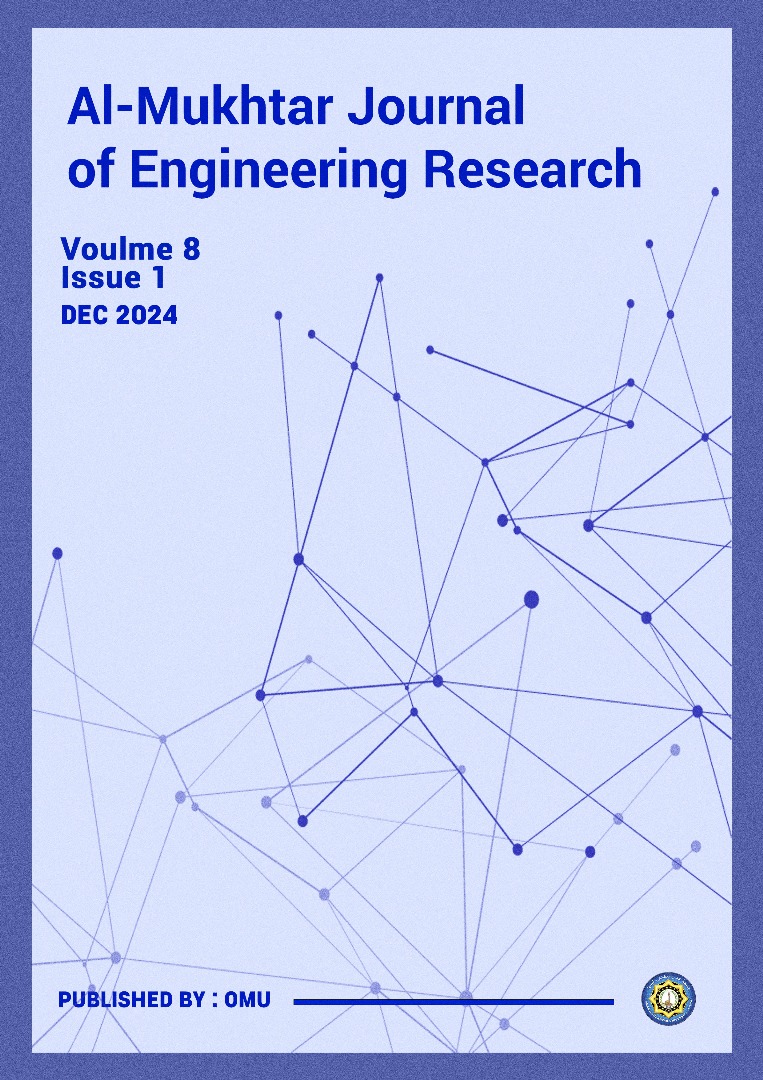Design and comparison of symmetric compensation method for DWDM system and WDM by using optisystem
DOI:
https://doi.org/10.54172/ewrb3z72Keywords:
WDM, DWDM, DCF, Optisystem, BER, Q-FactorAbstract
Optical fibers are used in Wavelength Division Multiplexing (WDM) networks for transmitting data in the form of light pulses between the transmitter and the receiver. Multiple signals could potentially be transmitted at once using WDM systems. The light signals, however, lose strength as they move through the fiber over a significant distance. Therefore, to restore the original signal after a specific amount of time has passed since light propagation, all light signals must be amplified simultaneously. With increasing distance, the signal is exposed to less dispersion because of the employment of two different types of optical fibers, referred to as Dispersion fibers. The SMF type was enhanced with compensation fiber (DCF), and the outcomes of the two designs were contrasted to decide which is the greatest and most dependable. Using the Optisystem program, this study simulates a four-channel optical communication system and tests it at various distances to determine the ideal distance at which the most data may be communicated. Analysis of the data led to the calculation of crucial parameters such as the Q-factor, BER, and eye diagram, The results varied depending on the length of the cable and the rate of transmitted data.
Downloads
Published
Issue
Section
License
Copyright (c) 2024 Ali F. Kaeib, Lamia K. Amhimmed, Sajeda J. Aldridi (Author)

This work is licensed under a Creative Commons Attribution-NonCommercial 4.0 International License.
Copyright of the articles Published by Al-Mukhtar Journal of Engineering Research (Mjer) is retained by the author(s), who grant Mjer a license to publish the article. Authors also grant any third party the right to use the article freely as long as its integrity is maintained and its original authors and cite Mjer as the original publisher. Also, they accept the article remains published by the Mjer website (except in the occasion of a retraction of the article).




